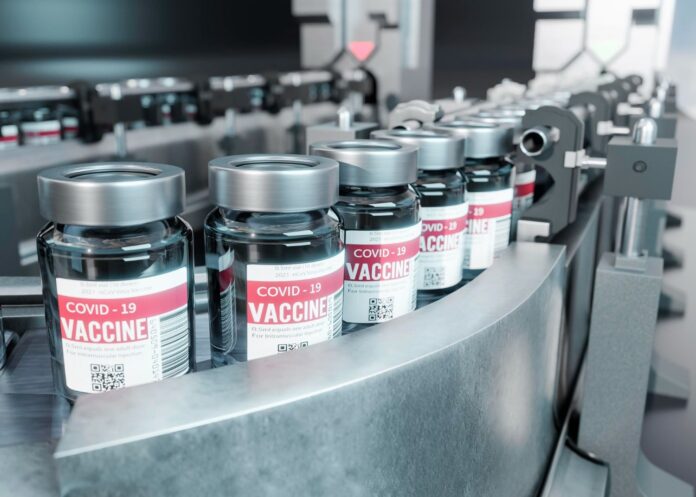AUSTRALIA has increased its vaccine aid to the Philippines by A$11.5 million (P437.6 million), raising its total commitment to A$47.49 million, its ambassador to Manila said on Thursday.
“This new commitment… will increase the number of Australian-funded vaccine doses that will be procured by the United Nations International Children’s Emergency Fund for the Philippines,” the Australian Embassy said in an e-mailed statement.
The pandemic aid will expand Australia’s vaccine delivery support to ensure that doses reach priority groups and vulnerable Filipinos, it added.
The embassy also said the Philippines had taken delivery of 100 more oxygen concentrators from Australia.
Australia has donated 200 oxygen concentrators and associated consumables to the Philippines, it said. The first donation of 100 oxygen concentrators were given to the Philippine Health department on Aug. 28.
These were given to 27 hospitals and health centers in the National Capital Region (NCR), Cordillera Administrative Region, Ilocos, Cagayan Valley, Zamboanga Peninsula and the Bangsamoro Autonomous Region in Muslim Mindanao, it said.
The DoH will give Australia’s second donation of 100 oxygen concentrators to hospitals and health centers according to need, the Australian Embassy said.
“There is currently a global shortage of this critical medical equipment as many countries continue to deal with high number of COVID-19 (coronavirus disease 2019) cases,” it added.
The arrival of the medical equipment comes weeks after the Philippines faced a fresh surge in coronavirus infections.
The Department of Health (DoH) reported 4,806 coronavirus cases on Thursday, bringing the total to 2.63 million.
The death toll rose to 41,237 after 260 more patients died, while recoveries increased by 5,934 million to 2.74 million, it said in a bulletin.
There were 65,835 active cases, 78.7% of which were mild, 6.2% did not show symptoms, 6.2% were severe, 8.53% were moderate and 2% were critical.
Sixty-four duplicates were removed from the tally, 51 of which were reclassified as recoveries, while 175 recoveries were relisted as deaths.
DoH said 58% of intensive care units in Metro Manila were occupied, while the national rate was 52%.
Also on Thursday, the OCTA Research Group from the University of the Philippines said coronavirus infections were expected to decrease to a pre-Delta surge level by end of October.
The Philippines had a seven-day average of 6,416 cases, OCTA Research fellow Fredegusto P. David tweeted. “This is the lowest seven-day average since late July.”
The nationwide coronavirus reproduction number was 0.55, he added.
“Based on the current trends, the country is tracking at less than 5,000 new cases (seven-day average) by the end of October with fewer than 1,000 in the National Capital Region,” Mr. David said.
Health Undersecretary Maria Rosario S. Vergeire said Metro Manila, which had a seven-day average of 1,156 daily cases, might soon be placed under Alert Level 2 if coronavirus infections continue to drop this week.
The capital region was averaging at fewer than 500 cases daily before the increase in March and April, she told CNN Philippines. “If this number continues to decline, it is very possible that we can be deescalated in the coming weeks.”
The virus positivity rate in Metro Manila was 17%, she said. “Hopefully all of us will not be complacent, all of us will work together so we can reach that goal of having the Alert Level 2 in NCR.” — Kyle Aristophere T. Atienza

